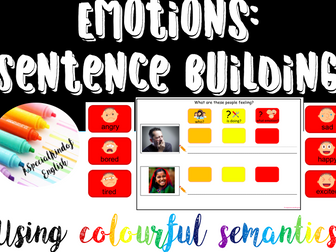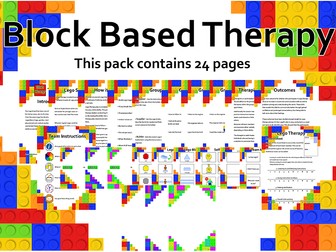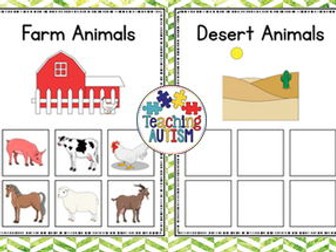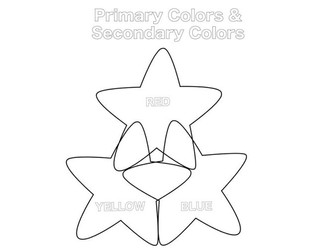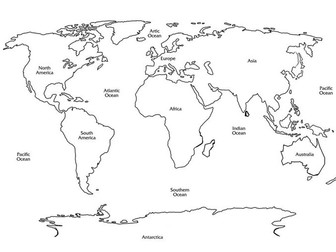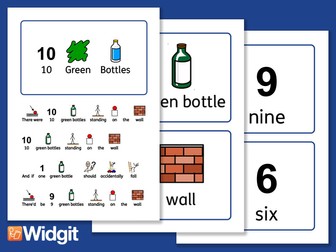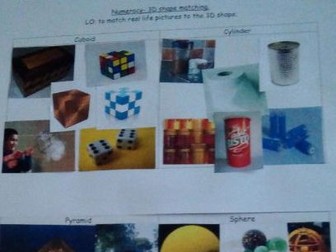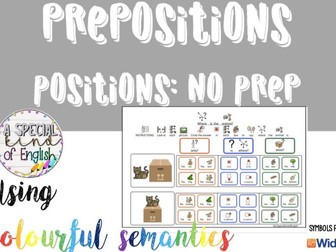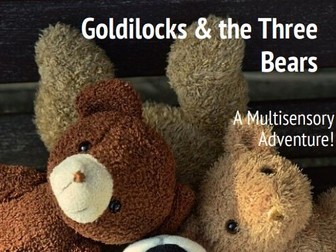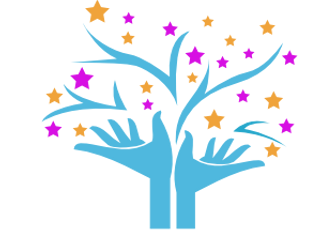
A Train Ride Through India Multisensory Story
Climb aboard for a multisensory exploration of Indian culture told through the eyes of a train passenger.
A multisensory story is told using sensory stimuli (props).
The story props are low budget, everyday items found around the home, garden, outdoor areas and in the classroom.
This story includes themed, sensory extension activities that link to the EYFS Framework and areas of the KS1 National Curriculum making them the perfect resource for Special Education (aged 3-19) EYFS, Mainstream Primary, Speech & Language and EAL students.
What are the Benefits of Multisensory Storytelling?
Storytelling creates a bond between the storyteller and the story explorer enhancing and enriching experiences.
Rhyming Multisensory Stories connect the individual to literature, culture and topic in a fun and engaging way.
The stories form a base on which to scaffold learning enabling the student to work on personal goals and individual targets.
The activities in the stories are designed to promote communication skills: (eye contact, listening, shared attention & language development), self-confidence & well-being (trying out new ideas & skills, practicing self-care & independence and enjoying achievement), self-awareness: (asking for ‘help’, ‘again’ and ‘more’), present opportunities to explore cause & effect and build anticipation skills, promote physical development: (fine & gross motor skills), build knowledge about the environment & the world around us, to engage in scientific experimentation and mathematical concepts and to develop social & emotional skills: (turn-taking & sharing and teamwork).
The sensory stimuli (story props) are a tool for the story explorer to explore and express their likes, dislikes and sensory preferences and to have the opportunity to make choices.
This information can be used to identify motivators or items to calm and individual when anxious, tired or stressed, identify triggers, (some you may wish to avoid, others to work on building tolerance through desensitisation in a safe and therapeutic environment) and used in the writing of care plans to enhance areas daily life.
TABLE OF CONTENTS
How to Tell a Multisensory Story
A Train Ride Through India (Full Poem)
A Train Ride Through India (Fully Resourced, Step-by-Step, Multisensory Poem)
A Train Ride Through India Listening Game
A Train Ride Through India Sensory Bin
A Train Ride Through India Sensory Bag
Sensory Indian Flag
Train Ride Role Play
Mehndi
Lets Explore…Asiatic Lions
India Sensory Ideas & Inspiration
Q & A
Thank you for looking.
If you have any questions please do not hesitate to get in touch.


